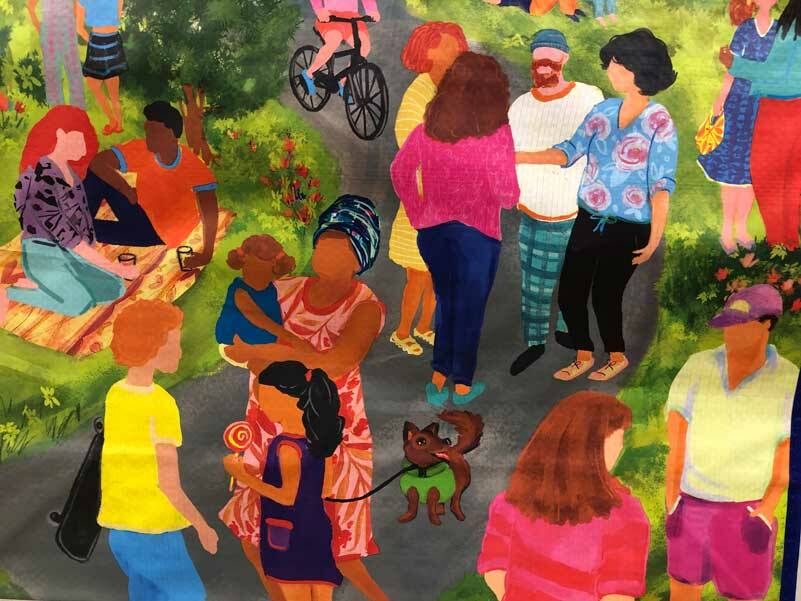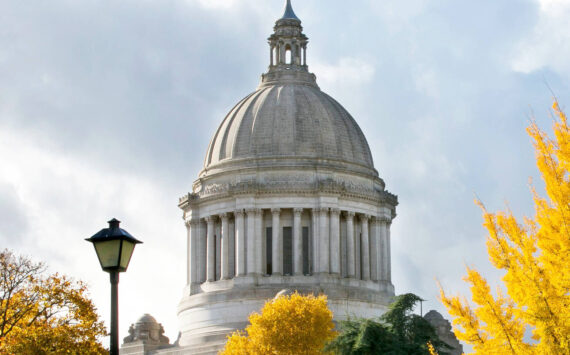By Morf Morford
Tacoma Daily Index
Who is my neighbor?
Besides being the centerpiece of a famous Christian parable (Luke 10:25-37), “Who is my neighbor?” is a practical question.
But for better or worse, the answer for more and more of us Americans is no one; certainly not a stranger from another faith and ethnicity as portrayed in the familiar Bible story.
Even those people across the street or certainly those across town, don’t look very appealing in the eyes of more and more of us lately.
With the rise of ever-more blatant shoplifting, robberies and incessant and alarmingly dangerous street racing, one can’t help noticing a dominant theme – respect for other people’s property and safety seems to be evaporating.
Few things tie a community together more than a shared sense of respect for property and the public good.
And nothing is more corrosive than the decline of such a shared sensibility.
Any social order sustains itself only when its institutions (and the unspoken/unwritten norms these foster) are engaging, robust and enduring enough to frame, define and inform our outlook and relationships.
To put it mildly, our current social atmosphere does not do this.
The acts we see on the news or in our streets are not solitary individual choices but a logical, nearly inevitable response to the decline of embedded/unconscious commitments to others – even, or perhaps even especially, strangers.
We could blame COVID or polarized politics or technology.
And they all contribute to what we have become.
But the problem, and the solution, is far closer to home.
If young people are focusing more on their individual concerns and the pleasures and obsessions of their smart phones, it’s not because they are naturally lazy or inert.
On the contrary, it is because they have been increasingly socialized to act this way.
Face to face, in-person socialization, especially among young people, is essential not only for developing an appreciation for strong relationships and the commitments that come with them, but also for developing values and social habits essential to a healthy society.
Everything from civility and decency to a sense of responsibility for others to professional and interpersonal risk-taking rely on understanding how conversations and communication – and basic citizenship – actually works.
This socialization does not need to be deliberate (and in a heathy society would be an inherent aspect of every social interaction) and should ideally occur among various types of people (with different beliefs, ages, educations, backgrounds and incomes) on a regular, even near daily, continual basis.
Other people, even those very different from us, are not to be demonized, exploited or even neglected, they, like each one of us, are essential strands in the dynamic fabric of our communities.
As the Bible parable tells us, a true neighbor is not based on proximity or familiarity, but is instead the result of how we treat them – and how they treat us.
To be a neighbor is to enter into the (sometimes messy) dynamics – positive or negative – that those around us know and live.
If we don’t know our neighbors, aren’t active in local community life and engaged, or even just out in public, we contribute, perhaps unintentionally, to isolated individuals, weak families, careless communities, and a society that works in vain to revive itself with policies and programs from the top down.
But we don’t need authorized programs and policies. We need people of all ages and backgrounds to contribute to the strength and durability of our communities.
Neighbors IRL (In Real Life)
Instead of a “virtual” identity, we need those with lived understanding of what it means to be a person – a member of a community – and not an autonomous individual.
In contrast to the reigning ethos of individual rights above all, a society only works and we are only free, not because we are isolated individuals but because we are embedded in deep relationships.
We might prefer to believe that our individual “rights” define us, but over time, we all learn, sometimes at great cost, that we really only find ourselves in the context of our relationships and obligations to those around us.
My wife and I go for near daily walks around our neighborhood. We don’t always see or talk to people, but I think we do something even more important; we are present and visible.
As Jane Jacobs put it, the safest neighborhood is the one with the most “eyes” on it.
Participating in local groups is great, but not everyone has the time or inclination, but every one of us can be out and visible in our neighborhoods.






